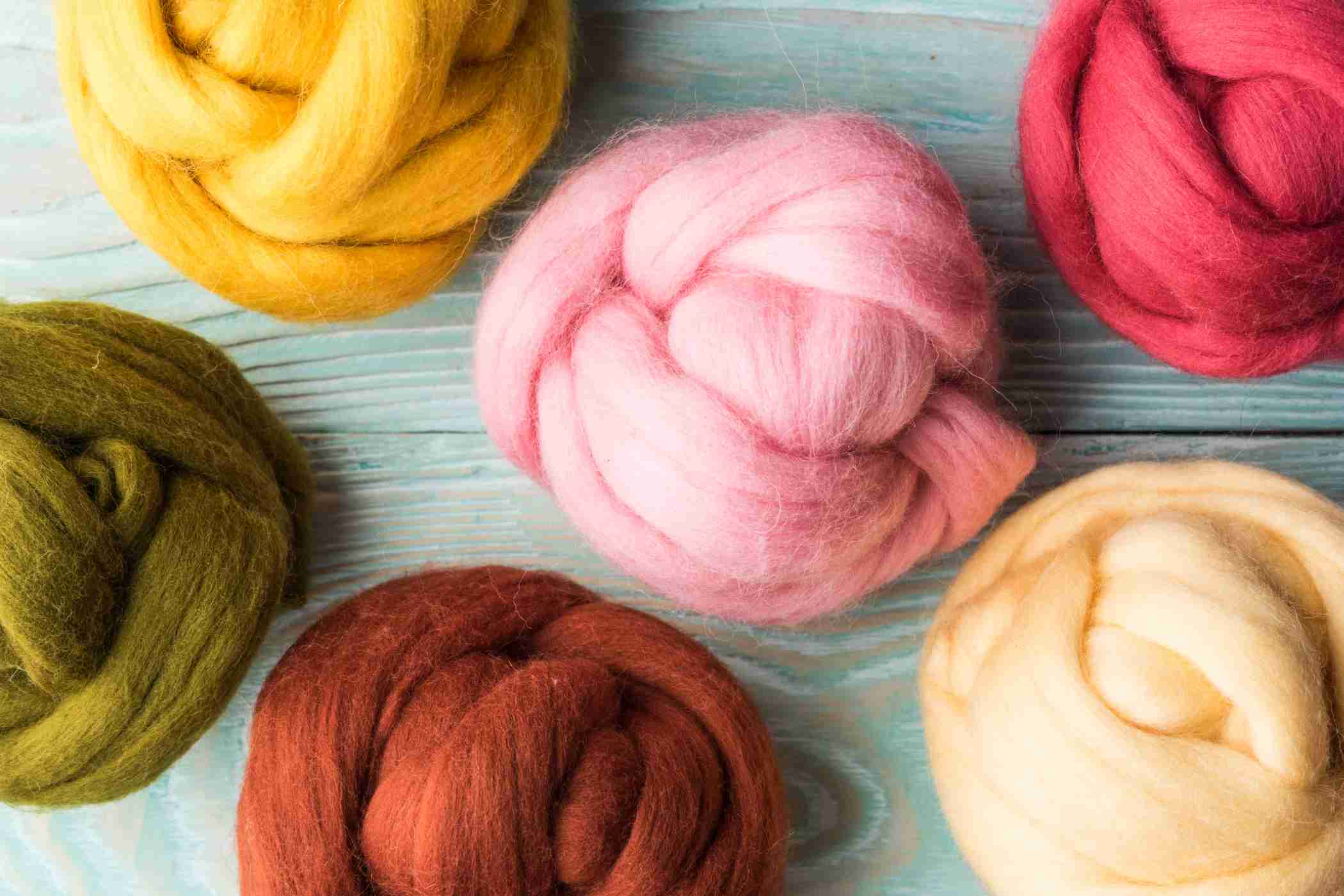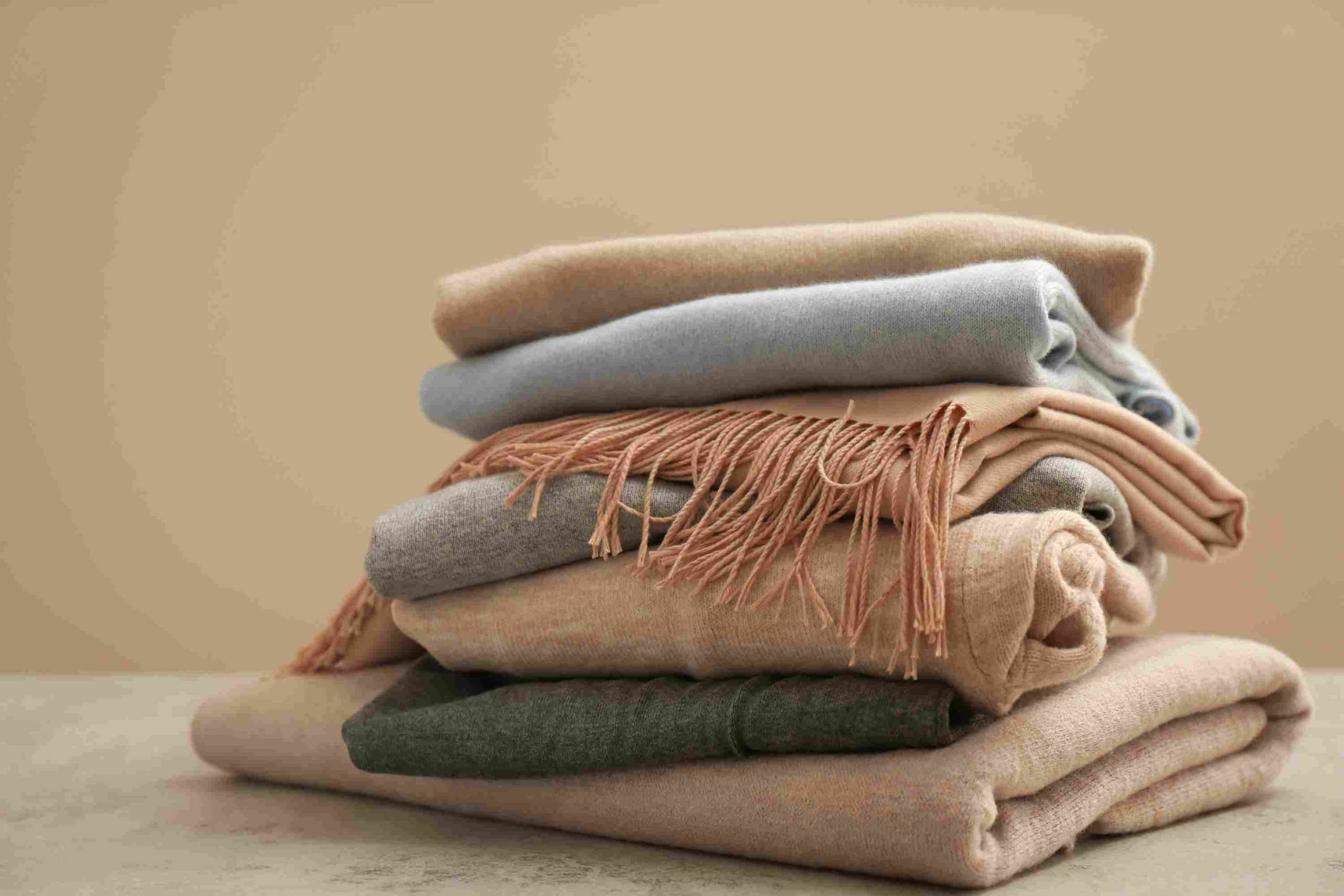Natural Fibre And Its Applications In Advanced Textile Materials

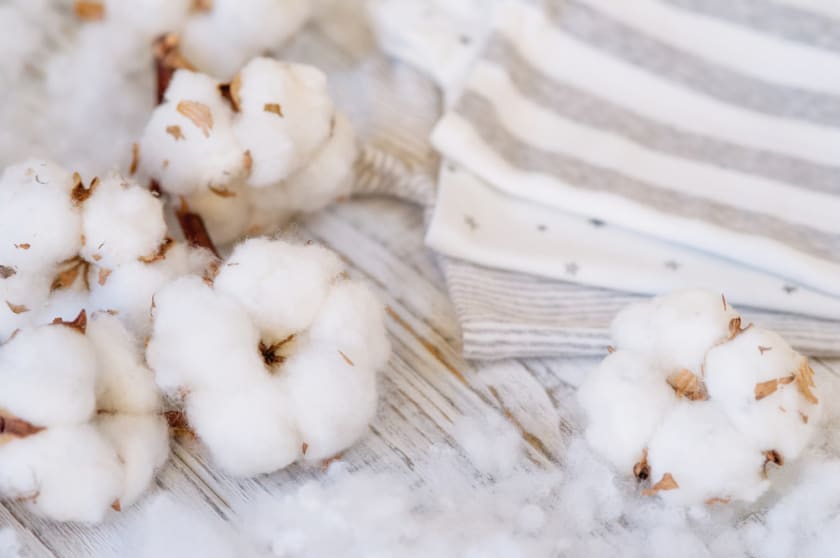

Textiles play a significant role in our daily lives. From essential clothing to high fashion garments, textiles are everywhere and profoundly influence our lives. Besides regular furnishing, home accessories, and packaging, textiles are also used in scientific, industrial, and medical applications.
India has a very close connection with textiles. An association dating back many centuries, Indian textiles made a mark globally during the late 17th and 18th centuries' when the export of cotton flourished. Traditionally India is a large producer of natural fibres like cotton, silk, jute, and wool. Over the years, the textile industry played a significant role in the Indian economy, from employment generation to industrial output and exports.
Technological innovations have a close connection with industrial development. The primary characteristics of the textile trade changed with time as a result of the development of synthetic fabrics. Mass-produced blended fabrics dominated the textile scenario. Productivity became the keyword in large textile factories in India and elsewhere. Consumers benefited from the lower price of synthetic fabrics compared to natural ones. Textile companies used Innovations in material, design, and printing as their competitive advantage to gain market share.
A material called PET, the most common polymer resin of the polyester family became a significant fabric material for blending with natural fibres. However, it took some time to learn about the ill effects of plastic/polyester and its irreversible impact on the environment.
Climate change, and the subsequent global warming made everyone sit up and look for ways and means of reducing the use of plastic. Suddenly, everyone talked again of natural plant fibres with a renewed focus and vigour.
What Are Natural Fibres?
Fibres originating from natural sources like plants and animals are termed natural fibres. The fibres are classified according to their origin- a) plant fibre and b) protein-based fibre.
Cotton, jute, and linen (made from the flax plant) are cellulose or plant-based natural fibres; wool, silk, and mohair are protein or animal-based natural fibres.
Types Of Natural Plant Fibre
- Seed fibre, when the thread grows around the seed of the plant example, cotton, milkweed
- Bast or phloem fibre that grows around the stem, like jute, hemp, and flax;
- Leaf fibre, from the leaves of the plant-like banana, pineapple, sisal
All-natural fibres are strong and durable and offer a high strength to weight ratio; non-corrosive and are highly absorbent, i.e., show a high affinity for water. Natural fibres are environmentally friendly; they are renewable and fully biodegradable.
Therefore, one can well imagine why fabrics made out of natural fibres continue to be a top choice for our clothing. But before we find out the role of natural fibres in advanced textile materials, let us quickly understand the characteristics or properties that define advanced textiles.
Advanced Textiles
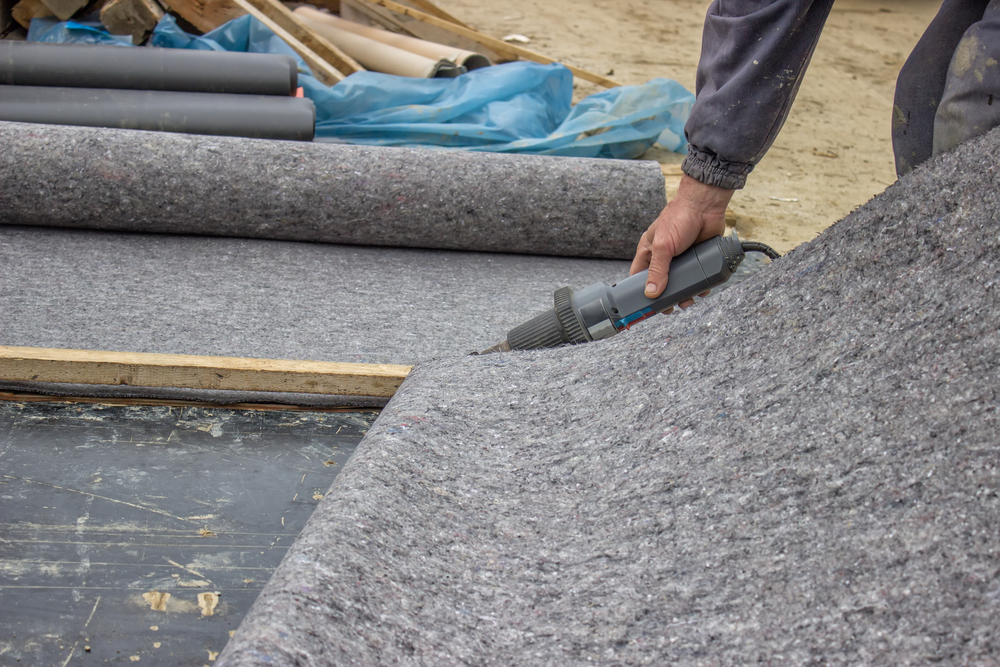
Textile materials meeting high technical and specific quality requirements are termed advanced or technical textiles.
Typically, advanced textiles are used for their functional properties like mechanical, thermal, electrical, or durability. Advanced textiles are primarily used in high-performance applications in agriculture, medicine, environmental protection, industry, construction, transportation, sports, etc. In addition, geotextiles are finding increasing application in the civil engineering sector, particularly in road construction.
Researchers worldwide are actively working on advanced textiles, focusing on new speciality fibres and composites. The emphasis is on environmentally-friendly processing for strengthening natural fibres to meet new technical specifications.
Environmental concerns and increasing awareness of the ill effects of synthetic materials have resulted in a renewed focus on utilising natural fibres as an effective reinforcement material in matrix composites. However, threads from plant and animal sources usually have disadvantages like low moisture resistance and low compatibility. Therefore, natural fibres require specific chemical treatments to enhance fibre bonding and improve mechanical properties.
Advanced Textile materials: Applications
Many applications use advanced textiles from natural fibres:
Industrial Sector
- Interior components in the automotive and aircraft industries- Natural fibres such as flax, hemp, sisal, and wool are already used as auto components and in car interiors.
- Modified natural fibres are used as thermal Insulation materials and acoustic sound-proofing.
- In architectural applications, the use of synthetic fibres in architectural applications is likely to be substituted with natural fibre-reinforced textiles. In addition, we may soon see advanced textiles as a material for sunscreens, cladding, and more.
- The coir/polyester-reinforced composites are used in the mirror casing, paperweights, voltage stabiliser cover, projector cover, helmet, and roof.
- Rice husk fibres, cotton, ramie, jute fibre are used in various applications like building materials, furniture industry, clothing, ropes, sewing thread, fishing nets, packing materials, and paper manufacture.
Consumer or Non-Industrial Use
A number of alternate advanced natural fabrics are emerging for use in garments and other domestic fabric usages.
Cotton, a soft, absorbing natural fabric, is used extensively in clothing and other consumer fabric applications globally. However, cotton processing is a tedious task that involves cleaning, bleaching the cotton fibres, and then drawing them into yearns. Besides labour-intensive cultivation, the cotton industry suffers from old machinery at the mills, low productivity, and various other operational issues, including periodic shortages of raw materials.
As a result of the circumstances, we see the emergence of alternate advanced natural fabrics though many are in development or at an experimental stage.
Pineapple Fabric
Fibres are extracted from pineapple leaves and converted through an industrial process into a natural, non-woven textile similar to leather. The pineapple fibre is soft and flexible and can be easily cut, stitched or printed on. The pineapple fabric is also breathable and robust and used in fashion series garments in several countries. The material is also used for car seats and interiors.
Coffee Ground Fibre
Coffee ground, the waste item after extracting the liquid coffee, is an important raw material that can be converted into a natural fibre. Fabrics made from coffee ground fibre show excellent anti-odour properties, UV ray protection and a quick drying time. As a result, the fashion industry and some global apparel brands are interested in developing a line of brands using this fibre.
Lotus Fibre
In the far eastern countries of Myanmar and Thailand, lotus stem fabric has been in use for centuries. However, the challenge is to modernise the production and make it commercially viable to suit today's requirements and tastes.
Fibres From Citrus Fruit By-Products
One more source of advanced textiles from plant fibre is the by-products of citrus fruits.
Advanced Natural Textiles
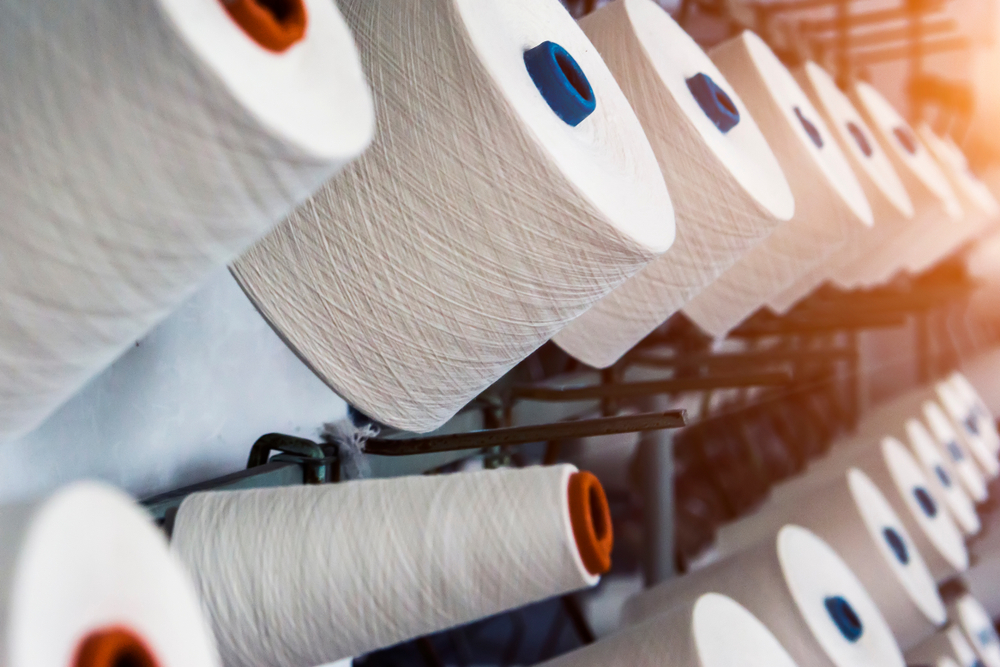
Along with developing alternate natural fabrics for various usage, the industry is also working on developing the existing fabrics like cotton by removing the inherent weaknesses and imparting user-friendly properties to the material.
Wrinkle-free cotton
A fabric’s tendency to wrinkle depends on weight, weave complexity, composition, and treatment. Generally, higher weight and a complex weave structure will make the material more wrinkle-resistant. As a result, customers prefer garments made from wrinkle-resistant cotton for comfort and convenience.
There are several manufacturers in India that process wrinkle-free cotton. The objective of the process is to swell the fabric artificially with formaldehyde and heat to increase the fibre diameter, making it straighter.
Antimicrobial fabric
Any textile that protects against bacteria, mould, and other microbes is termed antimicrobial fabric.
The process involves treating the fabric with specific chemicals that inhibit pathogens' growth. In addition, certain high-performance fabrics made from specially treated yarns also provide inherent antimicrobial functionality.
These unique yarns fight the development of microbes by attacking pathogens and preventing their growth at a cellular level. Moreover, antimicrobial fabrics simultaneously promote moisture movement to the fabric surface.
The clothes made with such special fabrics offer enhanced comfort and better durability. As the treatment involves the use of special chemicals, textiles have different levels of antimicrobial effectiveness, depending on the efficiency of the particular process.
Standard cotton and other natural fabrics have a porous environment that facilitates microbe growth; therefore, the preference for antimicrobial materials increases with fashion designers in India and other countries with tropical climates.
Conclusion
The Indian textile sector is making tremendous progress with a technology-driven supply chain facilitating growth. The industry contributes over 4 % to India's GDP. The cotton-reliant sector is witnessing significant technological advancements from automation and AI-powered machinery to product innovations.
With advanced textile materials finding widespread usage in several sectors, the industry is poised for further growth. Moreover, with designers increasingly looking at sustainable fabrics, natural fibres are sure to dominate the fashion scene.
Are you concerned about the environment and want to know more about sustainable fabrics? Then, check with Fashinza, a company offering complete manufacturing solutions, from design to delivery- Click here.















